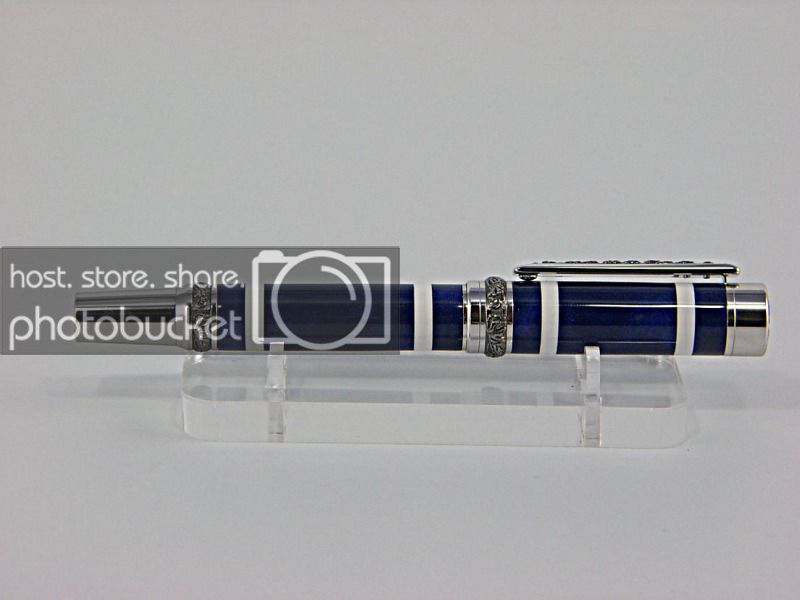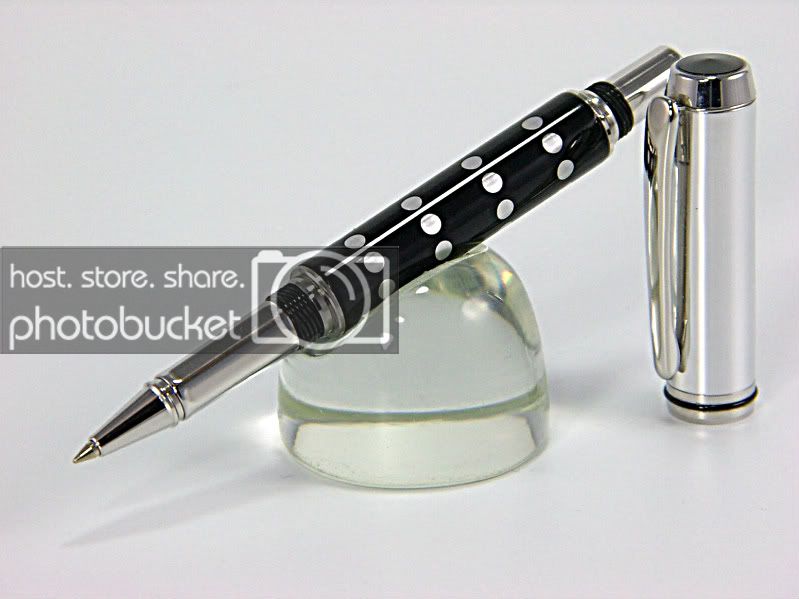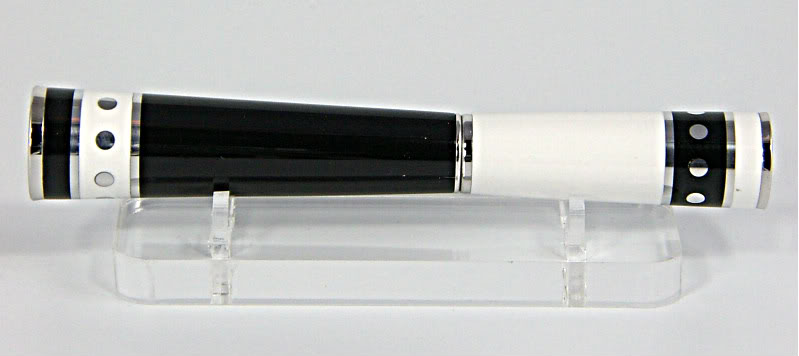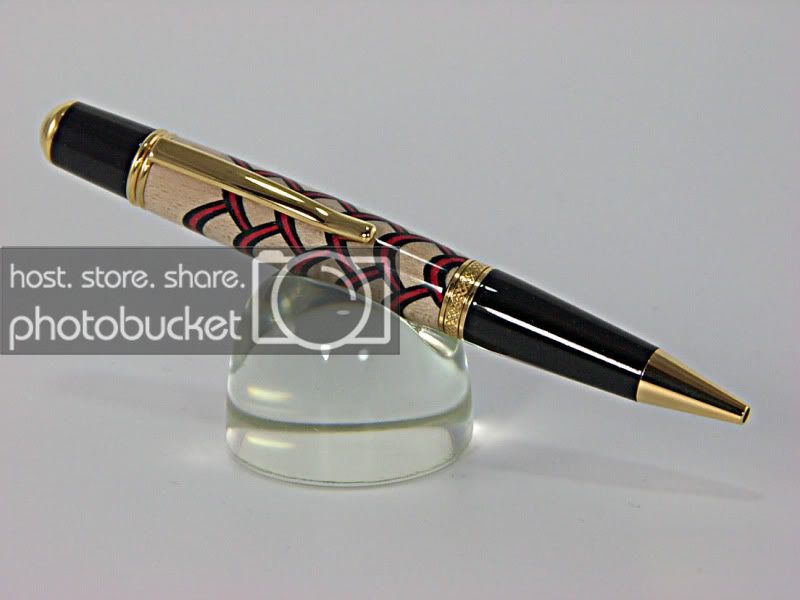brownsfn2
Member
As I mentioned in a previous post I really enjoyed the segmented entries in the Best of IAP contest. It has me wondering about how a few of those things were done.
First off I can see a small brass or silver dot in some of the turnings. I am assuming that a hole was drilled and a cut rod was placed in the hole and turned flush with the rest of it. When I have tried this before the rod I used was way to hard and did not cut. What material is usually used for that? Is there an online source for some?
Also I noticed that some of the segmenting had thin black or white accents between the segmented layers. I have seen veneer used in between segments but what black and white material is used to get the thing black or white lines?
Lastly - Do these high end pen makers really use common glues like I would use expoy, CA or Tite bond wood glue to glues the segments? Do they use commonly available glues or is there some stronger type of glue available that is not "off the shelf" at the local woodcraft?
First off I can see a small brass or silver dot in some of the turnings. I am assuming that a hole was drilled and a cut rod was placed in the hole and turned flush with the rest of it. When I have tried this before the rod I used was way to hard and did not cut. What material is usually used for that? Is there an online source for some?
Also I noticed that some of the segmenting had thin black or white accents between the segmented layers. I have seen veneer used in between segments but what black and white material is used to get the thing black or white lines?
Lastly - Do these high end pen makers really use common glues like I would use expoy, CA or Tite bond wood glue to glues the segments? Do they use commonly available glues or is there some stronger type of glue available that is not "off the shelf" at the local woodcraft?




